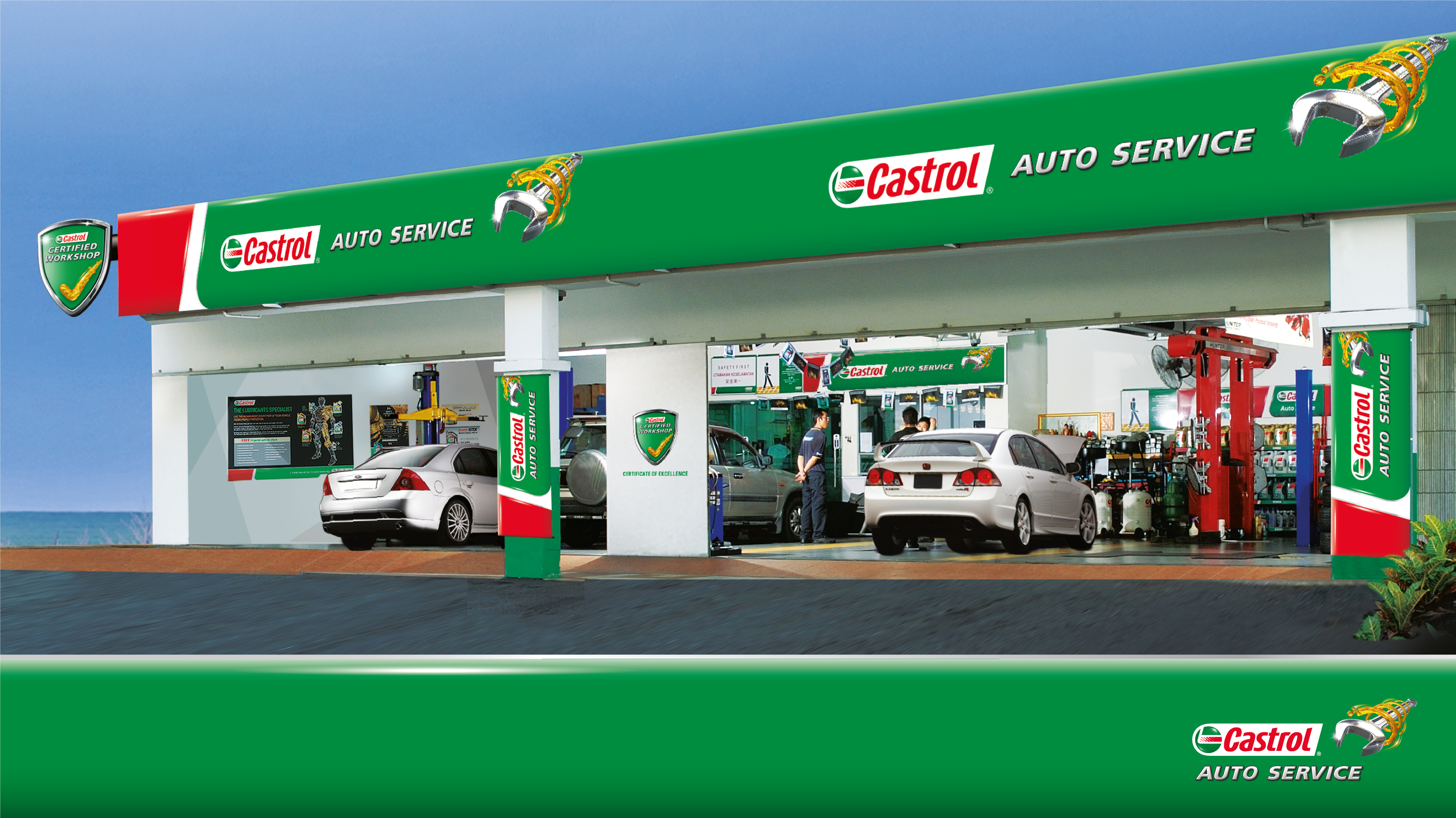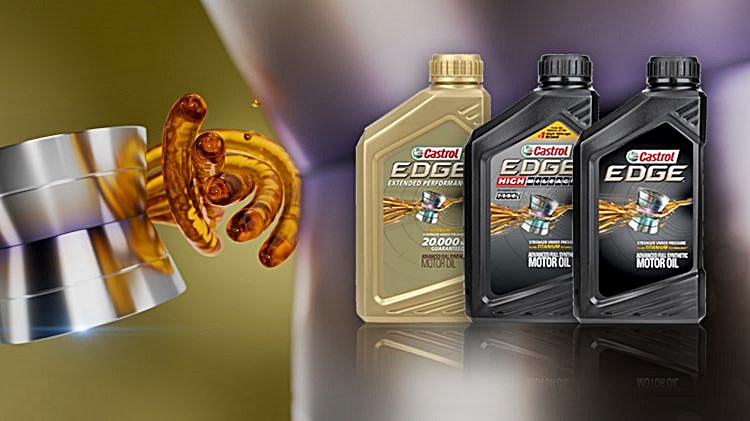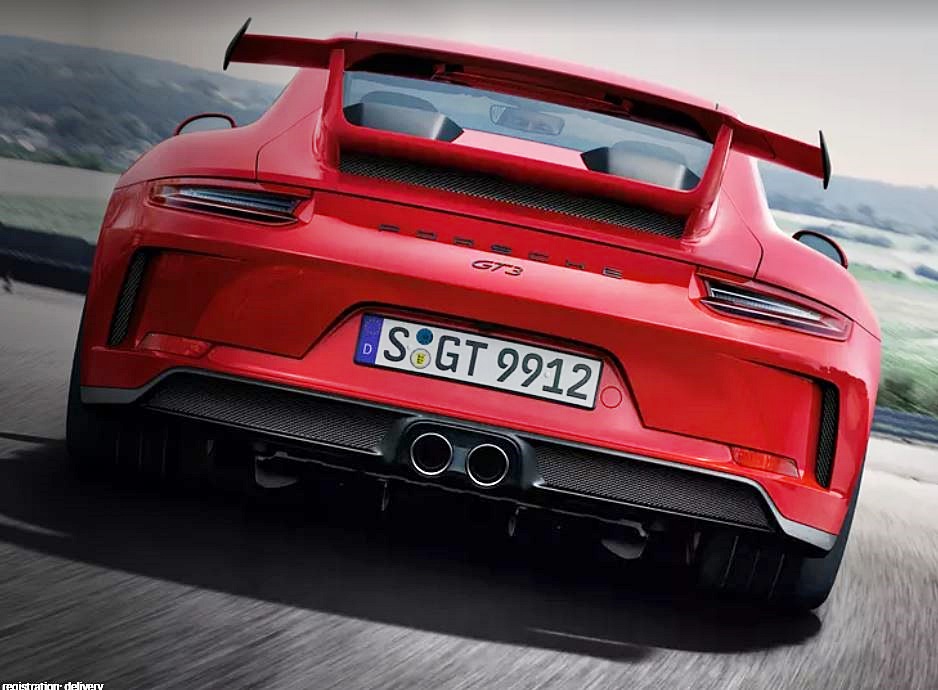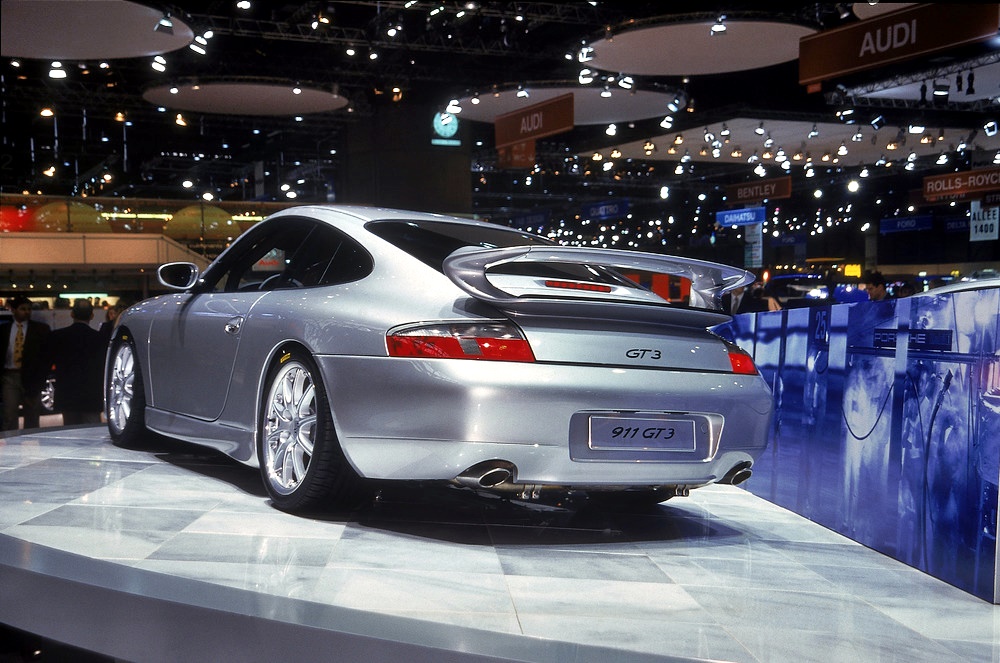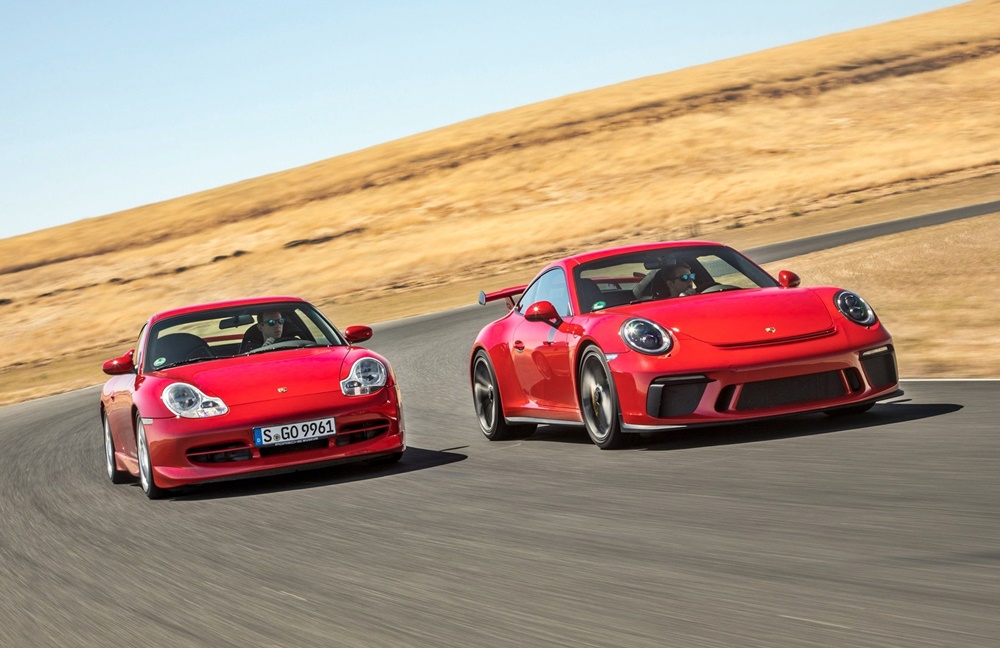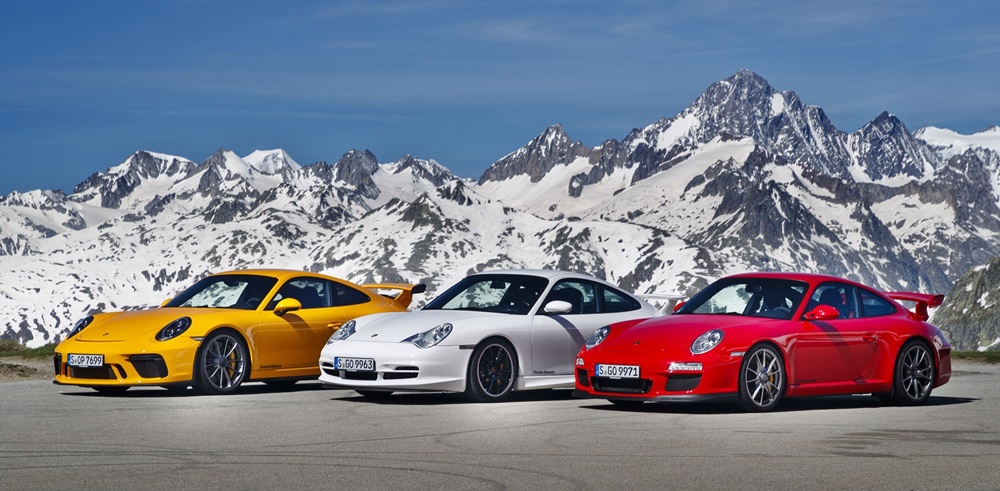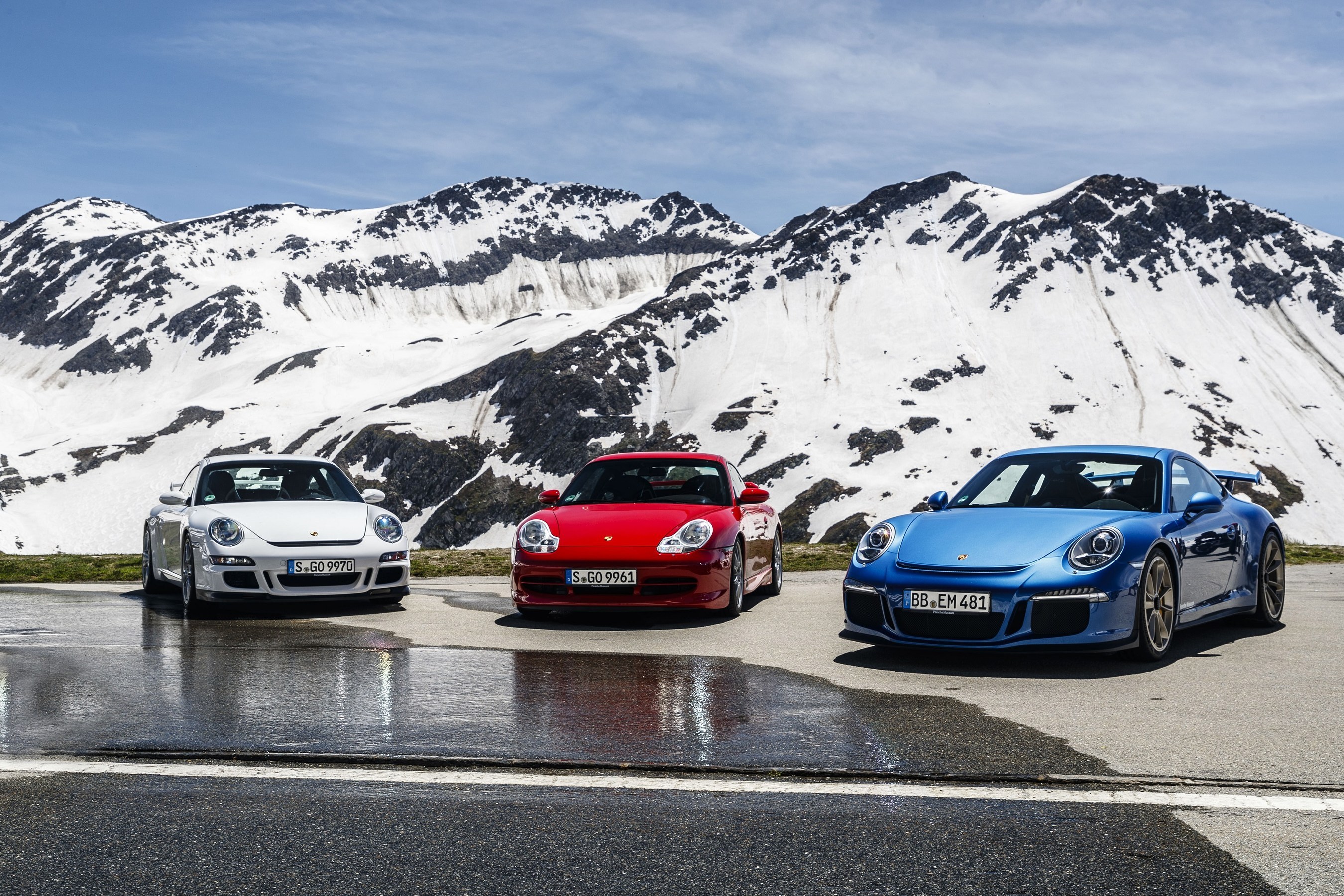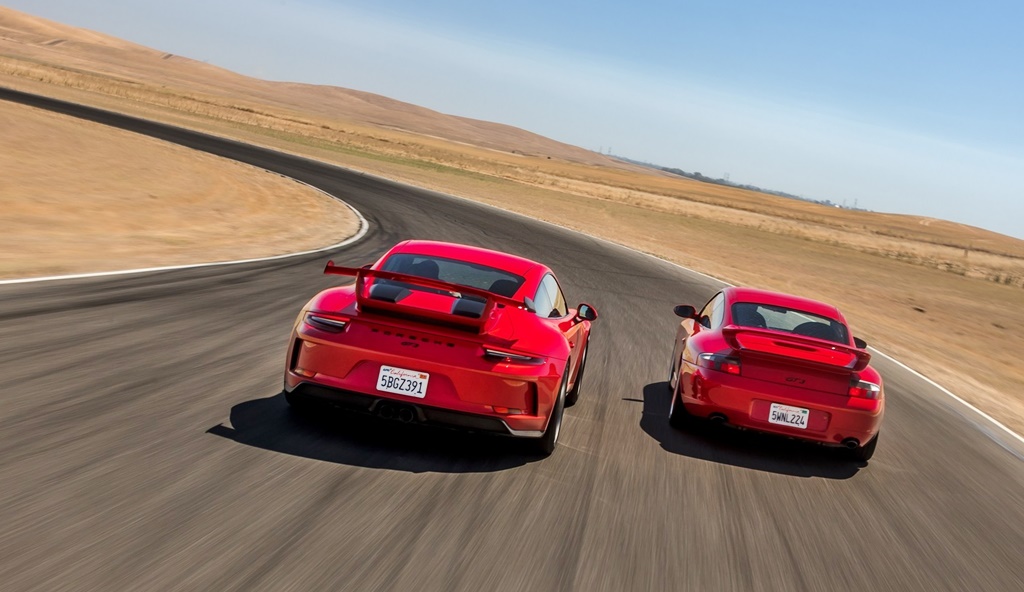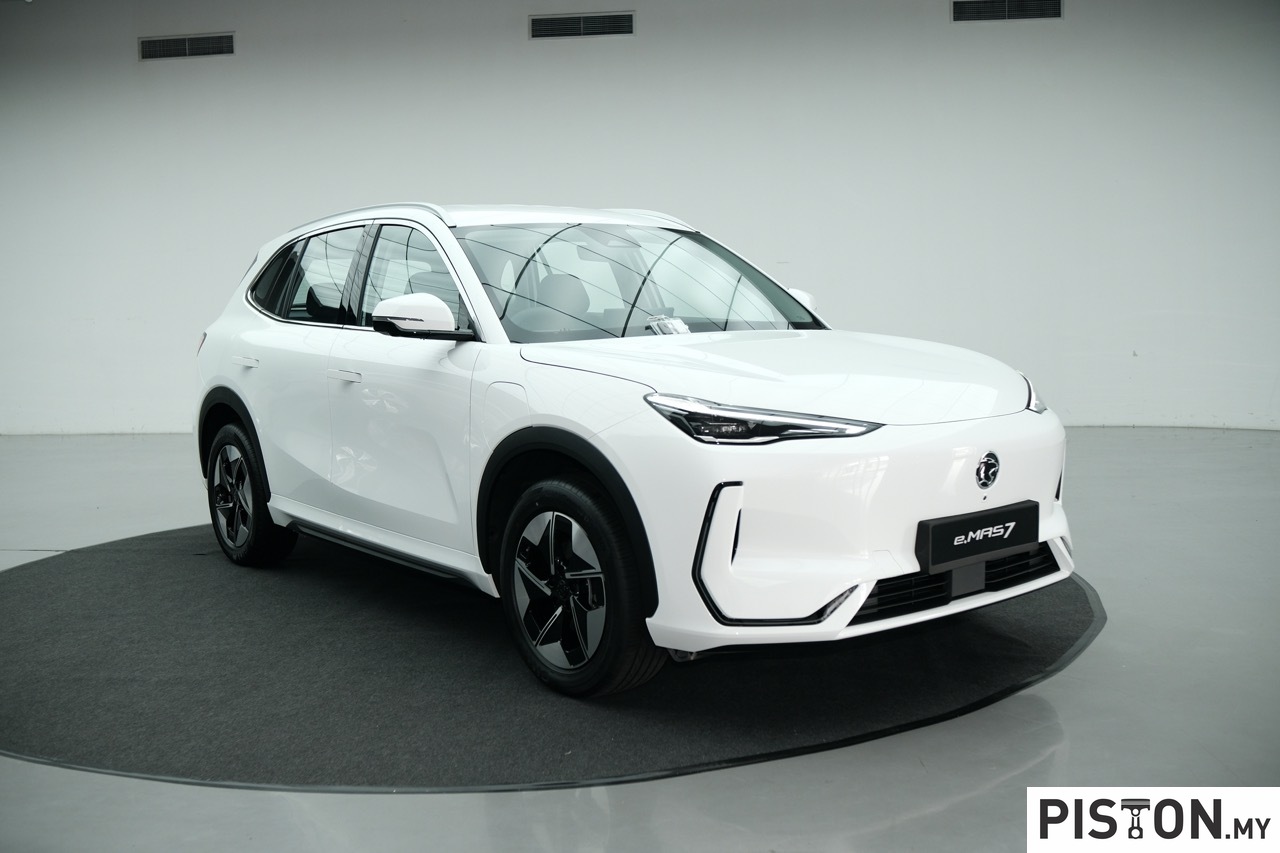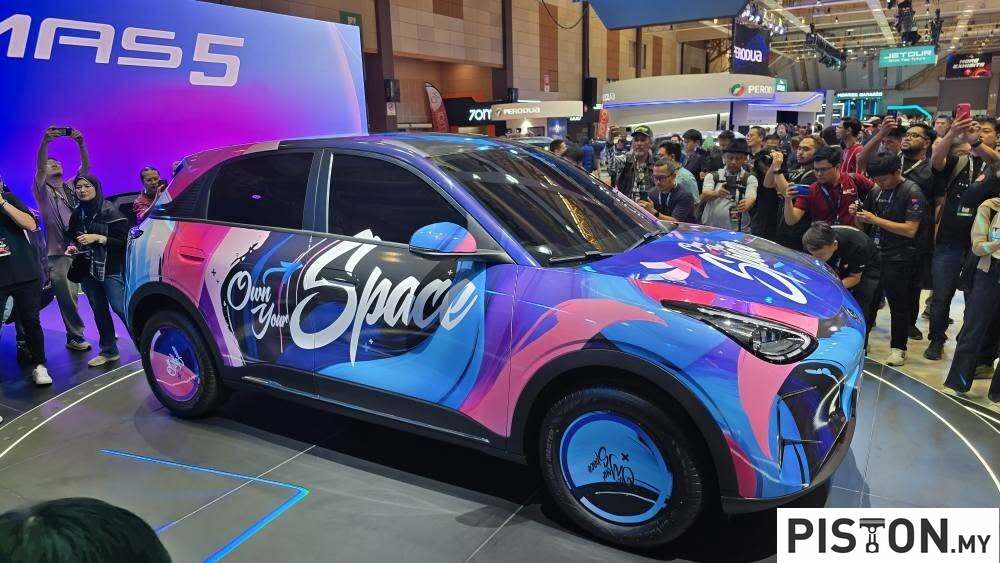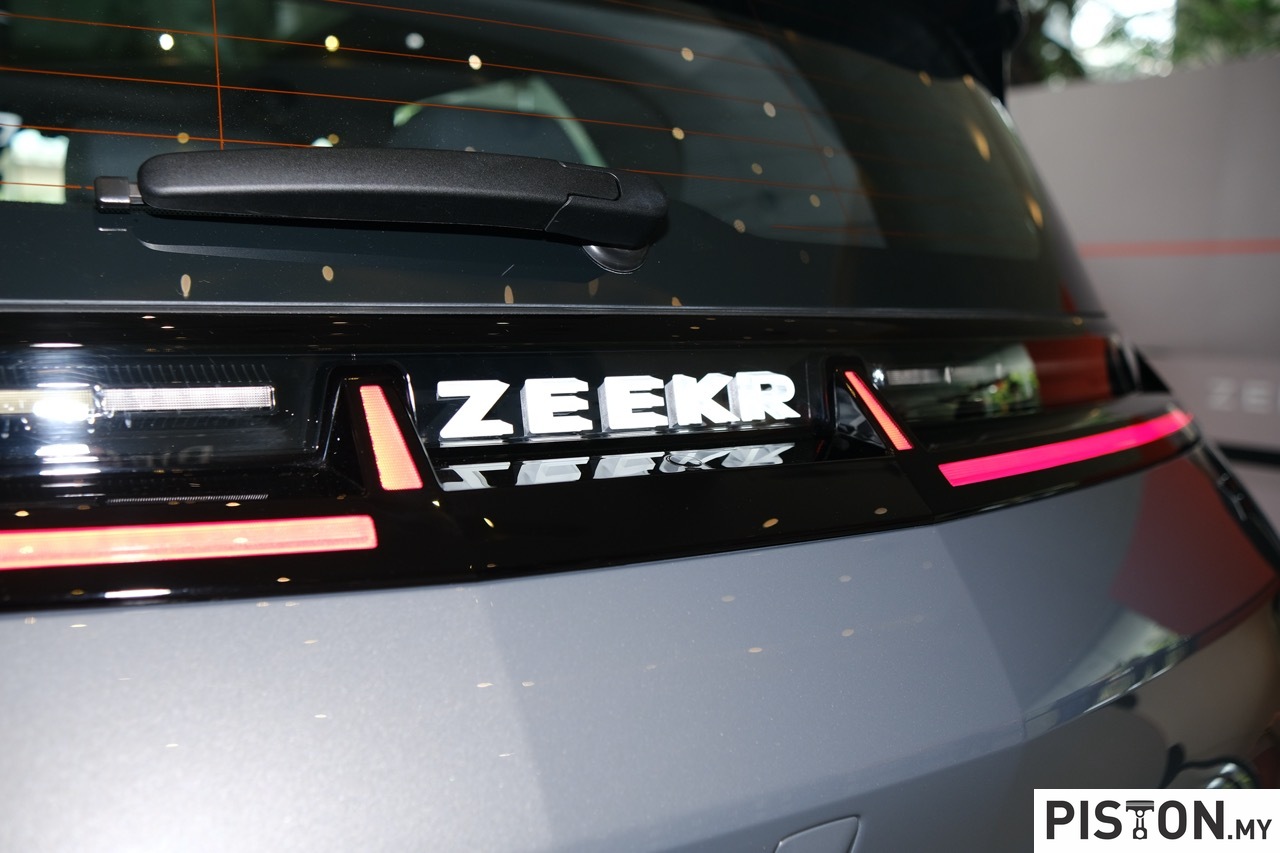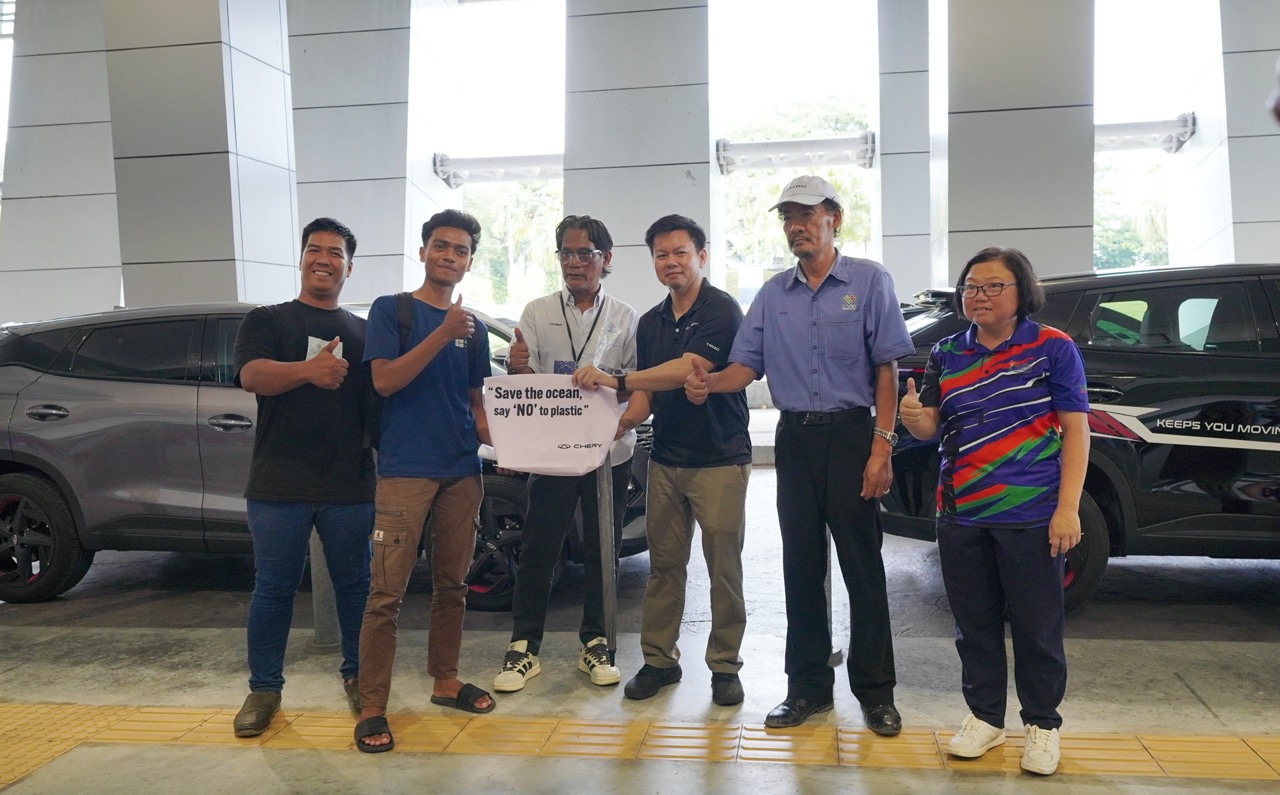Castrol Malaysia celebrates the 20th anniversary of the Castrol Auto Service (CAS) business concept in the country. Introduced in 2002 for independent workshop dealers, this business concept provides support through a comprehensive workshop solution that enables the dealers to offer motorists the best levels of customer service through quality, professionalism, and transparency.
CAS has been serving and thriving in Malaysia since starting off with 3 workshops. By 2008, it opened its 100th outlet and two years later, the first CAS dealer began operations in East Malaysia. With the growing vehicle population, increased demand for workshop services saw the 300th outlet opening in 2013. This was followed by the launch of the Castrol Certified Branded Workshop.
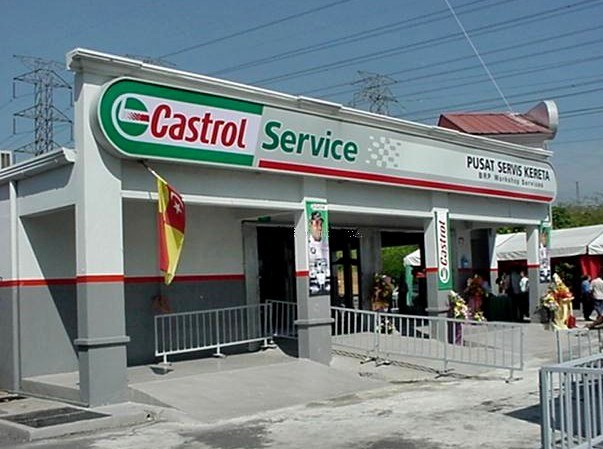
With their extensive length of service across the Malaysian automotive industry, CAS dealers have proven their expertise, knowledge, and prowess; with 60% among CAS workshops having been in operations for more than 5 years, and 30% serving customers for a decade. Additionally, CAS dealer coverage network is vast throughout the country, with notable presence in key regions of the Klang Valley and Johor Bahru.
The milestone of 500 outlets was reached in 2021 and with over 500 outlets today in the 20th year, Castrol is having an exclusive promotion to celebrate. For its loyal customers who have been supporting CAS throughout the years, A complimentary CAS 20 years X English Premier League (EPL) inverted umbrella will be given with the purchase any Castrol EDGE 4-litre products from any participating CAS outlets (while stocks last).
Castrol EDGE is a fully synthetic engine oil developed to provide maximum engine protection and performance. It is ideal for today’s smaller, yet more powerful, engines that work harder than ever before. Castrol EDGE with patented Fluid Titanium transforms its structure under pressure to keep metal apart, lowering friction for maximum engine performance. This allows the engine to deliver high performance and fuel efficiency and this has been proven in many independent tests.
Over the last 20 years, CAS has outperformed its peers with an array of programmes organised for its mechanics and customers. Among them are the CAS ‘Service & Win’ campaign, Castrol Cars Super Mechanic Contest, and CAS Forum & Appreciation Dinner.
Additionally, CAS outlets are active participants of the long-running Castrol Hari Mekanik Malaysia (HMM) campaign since 2019. This campaign continues to raise awareness to the public to appreciate the mechanic community, who are an essential part of the society and its welfare.
This year, Castrol HMM partnered with EPL for a merrier celebration on a larger scale. CAS is part of the ongoing Castrol KitaCare, an initiative launched during the pandemic to provide a safe solution to car maintenance, enhanced convenience for customers to service their cars with a reduced waiting period in a safe and hygienic environment.
Castrol also introduced the Castrol Loyalty Program in 2004. The program was migrated onto a digital platform in 2012 to inspire new customer loyalty through digital communication via the Castrol Motorist App. The app was recently upgraded to allow customers to enjoy more rewards and greater convenience with various built-in features. Through the enhanced app, customers can earn and redeem Castrol products with Castrol Points at all participating CAS workshops, getting notifications for their next car service, latest events updates and promotions.
“Castrol is extremely proud of the CAS journey in the past two decades. CAS now has over 500 outlets, a long way from our humble start of only 3 outlets in 2002 – and on the right track to launching more CAS outlets in the future. We are grateful to have our mechanics alongside us celebrating Castrol Malaysia’s milestones and progress. We are committed to bringing in more initiatives and efforts to support our dealers,” said Keow Mei-Shan, Marketing Director of Castrol Malaysia & Singapore.
“Our customers are a big part of our journey, and we’d like to thank them for being with us throughout the years. With plans to further expand our CAS network, we look forward to witnessing the community grow to become more comprehensive and close-knit so we are able to continuously provide an overall great experience to our customers,” she said.
To find out more about Castrol and its products, visit www.castrol.com/my



